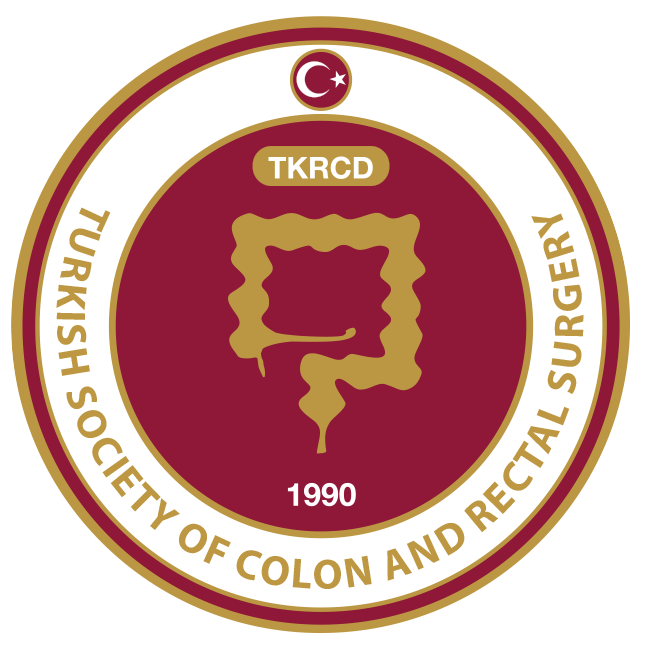ABSTRACT
Hemorrhoidal disease is a common clinical condition that affects one-third of the general population. It is caused by pathological conditions in the hemorrhoidal vascular cushions in the anal region and is characterized by the protrusion of these cushions into the anal canal. Long-term treatment, repeated hospitalizations of patients with recurring complaints, complications after traditional surgical approaches, worsening of life quality, and deterioration in social and business life as well as the financial aspect of treatment and the expensive and difficult management of complications have urged physicians to take this disease seriously and put effort into optimizing treatment and researching new treatment methods where necessary. Doppler-guided hemorrhoidal artery ligation in early-stage hemorrhoidal disease has recently become a common treatment method. The purpose of this video presentation is to demonstrate the Doppler-guided hemorrhoidal artery ligation treatment in a patient with grade 3 hemorrhoidal disease.
Introduction
Hemorrhoidal disease is one of the most common benign anorectal diseases, and studies show that it affects nearly 30% of the population.1 In the pathophysiology of this common condition, damage to the smooth muscle cells in the connective tissue of the hemorrhoidal vascular cushions in the anal region is one of the main causes. Many methods for treating this condition, which has a significant impact on the quality of life, have been described. Although recurrence rates in open surgical methods are low, postoperative pain is a limiting factor that has paved the way for the development of new treatment strategies.2 Ligation-based applications have recently become more prominent. Although the cost of this method is a disadvantage, patient comfort and painless recovery process after the procedure have mitigated this disadvantage. Today, Doppler-assisted hemorrhoidal artery ligation is a treatment method that is increasingly being used in hemorrhoidal disease, and the goal of this video presentation is to demonstrate the Doppler-assisted hemorrhoidal artery ligation treatment in hemorrhoidal disease.
The patient provided written informed consent, and no examinations or preparations were performed other than preoperative 6-hour fasting. Moreover, no prophylactic antibiotics or enemas were administered. Under general anesthesia, the patient underwent surgery in the gynecological dorsolithotomy position. The grade 3 hemorrhoid pack at the 7 o’clock position was placed under traction. The video demonstrated a Doppler-guided anoscope and suturing technique. The anoscope (Comepa Angiodin) was inserted into the anus, with the probe tip to the root of the pack. A 12-mm deep hemorrhoidal artery pulsation was detected. Z-shaped suture ligation was performed. Further, the pulsation was observed to be cut off. The single end of the suture was suspended, and the pack was pulled vertically before hemorrhoidopexy was performed over it and the surgery was completed.
In conclusion, we believe that Doppler-guided hemorrhoidal artery ligation treatment is preferable to conventional methods for hemorrhoidal disease of grade 3 or below due to shorter operation time, lower morbidity, and lower postoperative complication rates.
*This video presentation was recorded during the proctology course held at Ümraniye Training and Research Hospital on October 17, 2020.



